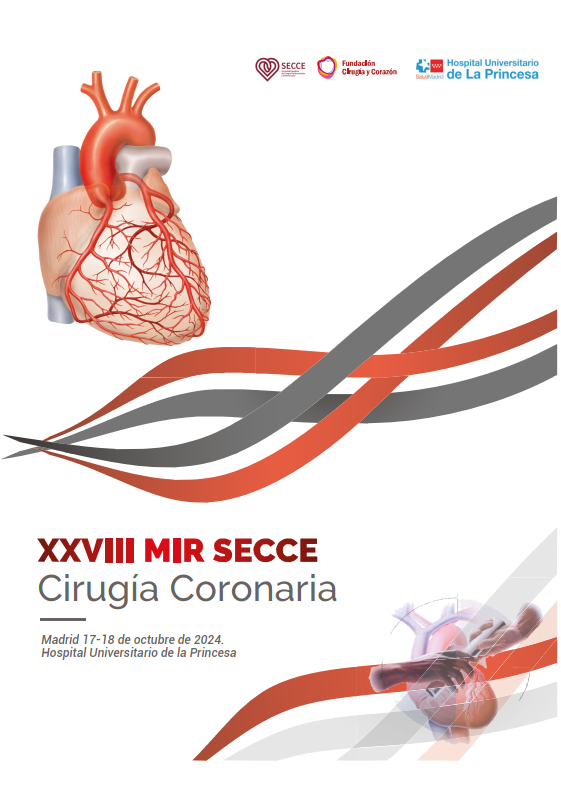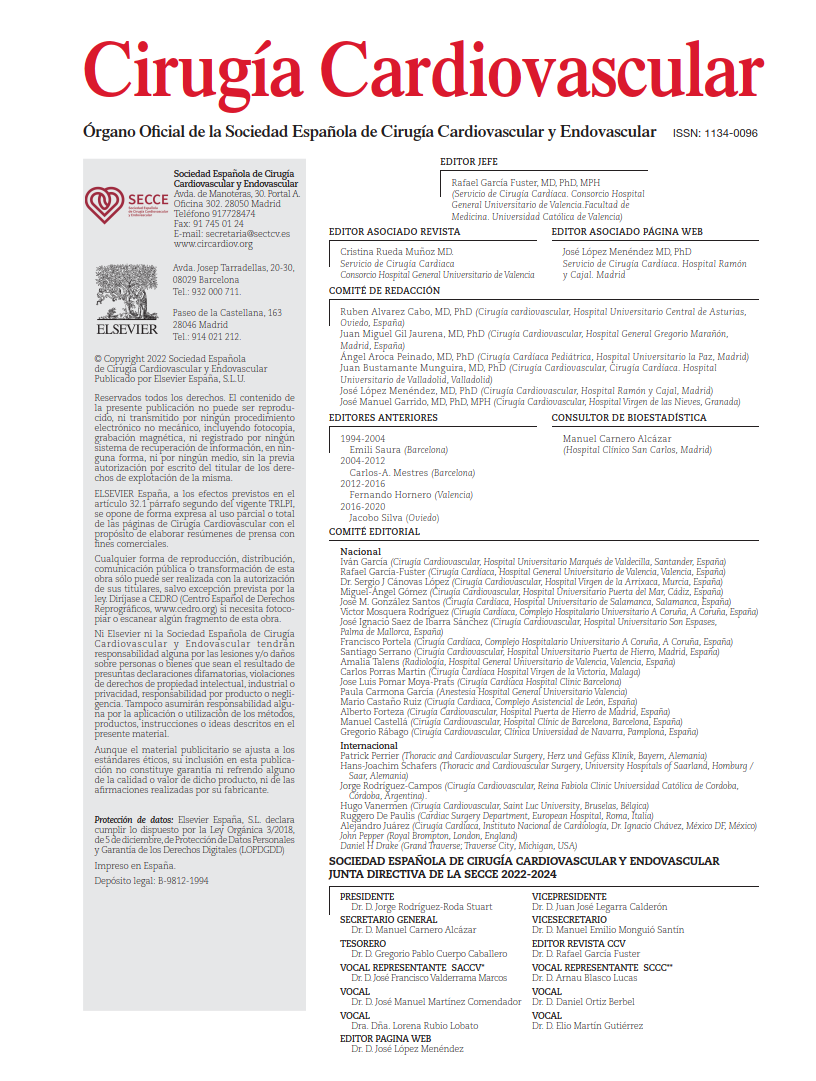Historical evolution
Since the early 20th century, when cardiac pacing began with external pulse generators, numerous technological advances have progressively enabled reductions in device size, improved autonomy, enhanced efficiency, and most importantly, greater clinical benefit. One of the main limitations of implantable devices lies in complications related to the pocket created to house the generator (e.g., hematomas, infections) as well as those linked to the transvenous leads (e.g., vascular injury, dislodgement, fractures, endocarditis, and risks associated with lead extraction).
To overcome these limitations, the first concept of a leadless cardiac pacing (LCP) system was proposed in the 1970s. However, clinical implementation did not materialize until 2014, when advances in materials and software technologies allowed the first human implantation of an LCP device. Today, several models are available, with technical features thoroughly described in the article by Trohman et al., which forms the basis for this commentary.
The clinical evidence supporting LCP began with the LEADLESS study in 2014, a registry that included the first implants of the Nanostim® device (St. Jude Medical®)—the first commercially available model. It demonstrated acute efficacy (97% procedural success) and safety (1 major complication), as well as favorable performance during follow-up. In subsequent years, new systems such as the Aveir LD® (Abbott®) and Micra VR® (Medtronic®) replaced the Nanostim® platform, which was withdrawn from the market due to technical battery-related issues. Both of these single-chamber devices exhibited high safety and efficacy in multiple clinical trials. Longer-term follow-up further revealed very low rates of device-related infection or need for reintervention.
Continuous innovation has addressed the limitations regarding atrioventricular synchrony and atrial pacing, culminating in a new generation of devices. One notable advancement was the integration of sensors capable of detecting mechanical (rather than electrical) activity, thus preserving AV synchrony—first introduced with the Micra AV® device (Medtronic®). Early results and initial clinical experience demonstrated safety and efficacy similar to the Micra VR® model, leading to its regulatory approval.
Almost simultaneously, in 2023, the New England Journal of Medicine published the first clinical report on a dual-chamber leadless pacing system: the Aveir AR LP® (Abbott®). This system added a second, smaller leadless device designed for atrial implantation, which could communicate with the ventricular unit via software, thus supporting most algorithms used in conventional transvenous systems. Procedural success (98.3%) and peri-/mid-term safety were comparable to earlier models, resulting in definitive FDA approval.
Implantation technique and complications
The implantation technique has remained relatively consistent since the introduction of early LCP models. It involves the use of large-caliber sheaths—typically 27 F—inserted through a central venous access, most commonly femoral, to deliver the device and release it once acceptable pacing parameters are confirmed. The large sheath size presents a technical challenge in patients with complex anatomy, such as tortuous venous paths, severe spinal deformities, or venous stenoses, which has led to increased use of non-femoral venous approaches.
The target site for device deployment has evolved slightly over time. Early systems were implanted in the right ventricular apex, but this has largely been replaced by more septal positions (e.g., distal septum), which are associated with lower rates of complications (such as pericardial effusion or perforation) while maintaining similar pacing parameters. For atrial systems, the preferred implantation site is at the base of the atrial appendage; deep penetration into the appendage itself should be avoided to reduce the risk of perforation.
The overall complication rate associated with LCP implantation remains in the 5–10% range, which is considered acceptable given the high frailty and comorbidity burden in this patient population. Vascular access-related complications (1–3%) and pericardial effusion or perforation (1–3%) are still the most common. In contrast, device dislodgement and infection occur with very low frequency (<0.5%). A clear learning curve has been demonstrated, with a notable impact on complication rates.
Several comparative studies have shown lower overall complication rates for leadless systems versus traditional transvenous devices, mainly due to significantly reduced rates of infection and lead repositioning.
A look into the future
Despite the aforementioned advantages, current LCP systems still present several relevant limitations.
From a socioeconomic standpoint, the cost of leadless devices remains substantially higher than that of transvenous systems, which, considering the typical life expectancy of patients eligible for LCP, may result in an unfavorable cost-effectiveness balance.
Battery longevity, currently estimated between 5 and 9 years depending on the device, further contributes to this economic limitation and raises clinical concerns for patients with longer life expectancy, especially given the limited experience with sequential implantation of multiple systems in the same individual.
In the current era of physiological pacing—which is gaining increasing clinical evidence and widespread adoption—the inability of most leadless systems to provide conduction system or non-apical pacing represents a significant limitation, as current models are primarily designed for right ventricular apical stimulation.
Moreover, none of the currently approved LCP platforms offer defibrillation capabilities, posing a limitation in patients who require both pacing and implantable cardioverter-defibrillator (ICD) therapy.
To overcome these barriers, new devices are under clinical investigation. One such system is Wise-CRT® (EBR Systems®), which allows leadless pacing of the left ventricle. It can synchronize with intrinsic conduction or with another right ventricular pacing system to achieve biventricular pacing, thus mimicking a more physiological pattern. Another investigational device is Empower LP® (Boston Scientific®), a leadless pacemaker with the ability to wirelessly synchronize and interact with the company’s subcutaneous defibrillator, potentially offering combined pacing and ICD therapy without transvenous leads.
COMMENTARY:
Leadless cardiac pacing has transformed the landscape of cardiac rhythm management, offering a significant reduction in infectious and lead-related complications. The ongoing ability of the industry to optimize device cost and develop systems capable of physiological pacing and defibrillation will ultimately determine the extent of their integration into routine clinical practice.
REFERENCE:
Trohman, R.G. Leadless Pacing: Current Status and Ongoing Developments. Micromachines. 2025; 16(1):89. doi:10.3390/mi16010089



